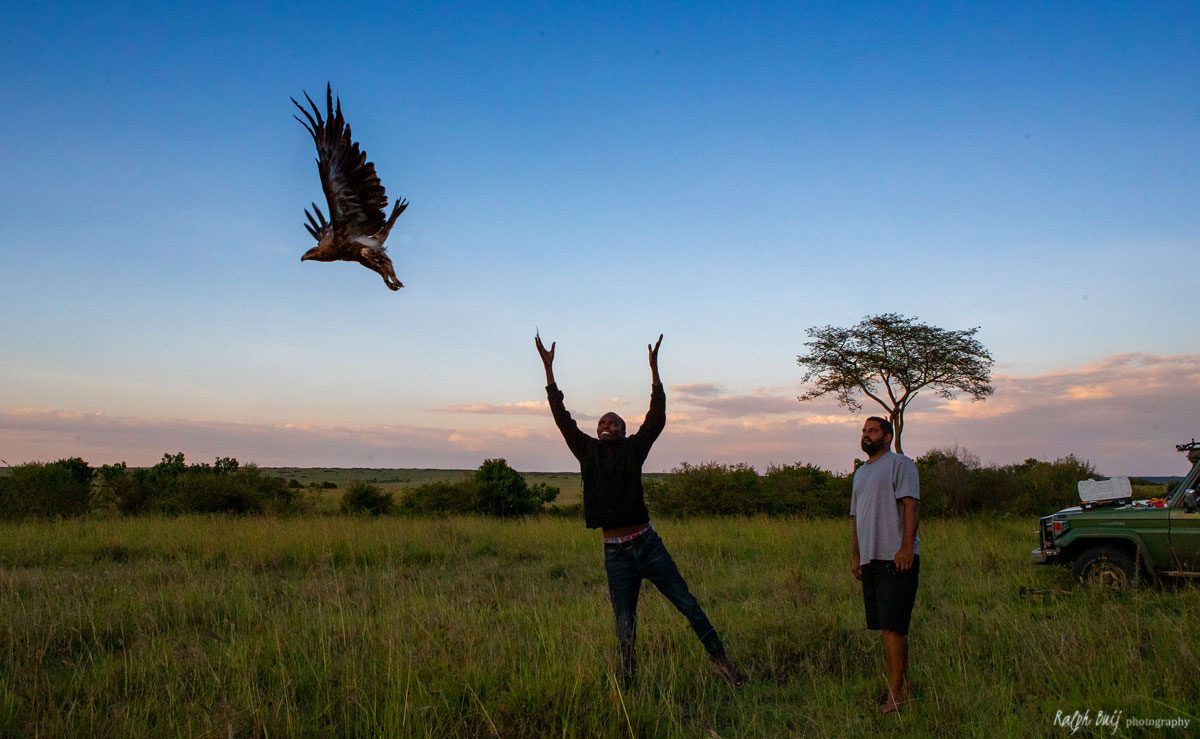Hello again from the Global Raptor Impact Network (GRIN) team!
As we continue another hot summer here at our headquarters in Boise, Idaho, our work on the new and improved GRIN continues. Read on to learn about our newest developments!
Exciting New Partnership for Raptor Conservation
We are thrilled to announce that we will be partnering with the newly formed Global Anthropause Raptor Research Network (GARRN)! GARRN’s objective is to harness the unprecedented opportunities created by the COVID-19 pandemic to study the interactions between humans and birds of prey.
Lockdowns in response to the pandemic altered many factors that limit raptor populations, including human disturbance, light and noise pollution, roadkill availability, and much more. This means that by analyzing data from before, during, and after pandemic lockdowns, the limiting effects of these factors can be more precisely understood, and future conservation efforts can more specifically target the factors with the largest impact on raptor populations.
GARRN will be an umbrella organization that facilitates and coordinates global collaboration on this research, collating myriad datasets from all raptor species, geographic regions, and study types. These data can then be leveraged to pursue self-contained projects on specific hypotheses, taxonomic groups, or vegetation types. Researchers who contribute data to GARRN will retain ownership of their data and can opt in or out on a project-by-project basis.
So where does GRIN come in? GARRN will be able to use GRIN’s existing infrastructure for data collection, storage, and analyses to pursue their research goals. Meanwhile, the data collected by GARRN will then be used by GRIN to support our efforts to inform conservation assessments of the world’s raptors. It’s a perfect symbiotic partnership, and one we’re excited to develop over the coming months!
Click here to read the full paper announcing the formation of GARRN.
Learn to Use the GRIN App for Road Surveys and Other Fast-moving Counts
Does your research include counts at sites with extremely high bird of prey densities? How about surveys from fast-moving vehicles, such as road surveys or aerial counts? If so, our newest GRIN app tutorial video is for you!
Available in both English and Spanish, our second tutorial video covers how to use the GRIN app’s two rapid data entry methods. Learn to enter a raptor observation in just five seconds using “voice observation mode,” as well as the slightly more detailed “quick observation mode” designed for use in vehicle surveys. Need to enter more thorough data about your bird of prey sightings? Of course, the GRIN app can handle this as well, and our next tutorials will cover how to enter these detailed observations.
Would you or your team find it helpful if our tutorial videos were in another language? If so, please email our team at grin@peregrinefund.org and let us know. The free GRIN smartphone app is available now for both iPhone and Android.
What Can GRIN Do For You?
We want to make sure that GRIN is fulfilling the needs of raptor researchers around the globe. To that end, we’ve launched a short survey to find out who you are, if and how you currently use GRIN, and how we can make GRIN more useful for you and your work.
The survey, which can be found here, can be completed in under five minutes. Please take the time to complete the survey and help us make GRIN into the most powerful tool possible for the raptor research community. Thank you!










